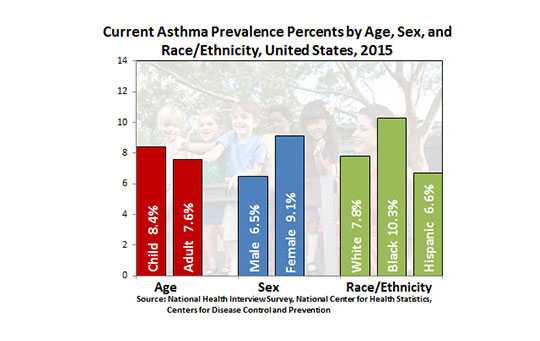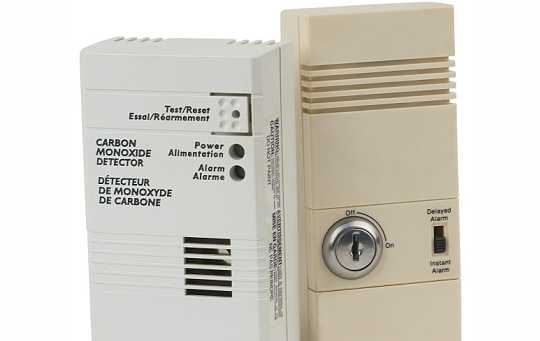The Air Pollution and Respiratory Health Branch (APRHB) leads CDC’s fight against environmental-related respiratory illnesses, including asthma, and studies indoor and outdoor air pollution.
Health Issues
Air Quality Outdoor air quality in the U.S. has improved since the 1990s, but many challenges remain in protecting public health from air quality problems. More »
Asthma Asthma is a serious environmental health threat, but it can be controlled by taking medication and by avoiding contact with environmental "triggers" such as dust mites, furry pets, mold, tobacco smoke, and certain chemicals. More »
Carbon Monoxide Poisoning Carbon monoxide (CO), an odorless, colorless gas that can cause sudden illness and death, is found in combustion fumes produced by cars and trucks, generators, stoves, lanterns, burning charcoal and wood, gas ranges, and heating systems. More »
Mold Mold grows anywhere there is moisture but can be prevented. Exposure to damp and moldy environments may cause nasal stuffiness, throat irritation, coughing or wheezing, eye irritation, or skin irritation. More »
Quick Links
What's New Recent related research by CDC staff, recent documents and related audio, podcasts, video, & Health-e-Cards.
Resources Useful documents and FAQs about asthma and indoor/outdoor air pollution from federal and state agency resources.
- Page last reviewed: May 21, 2009
- Page last updated: May 5, 2016
- Content source:


 ShareCompartir
ShareCompartir


